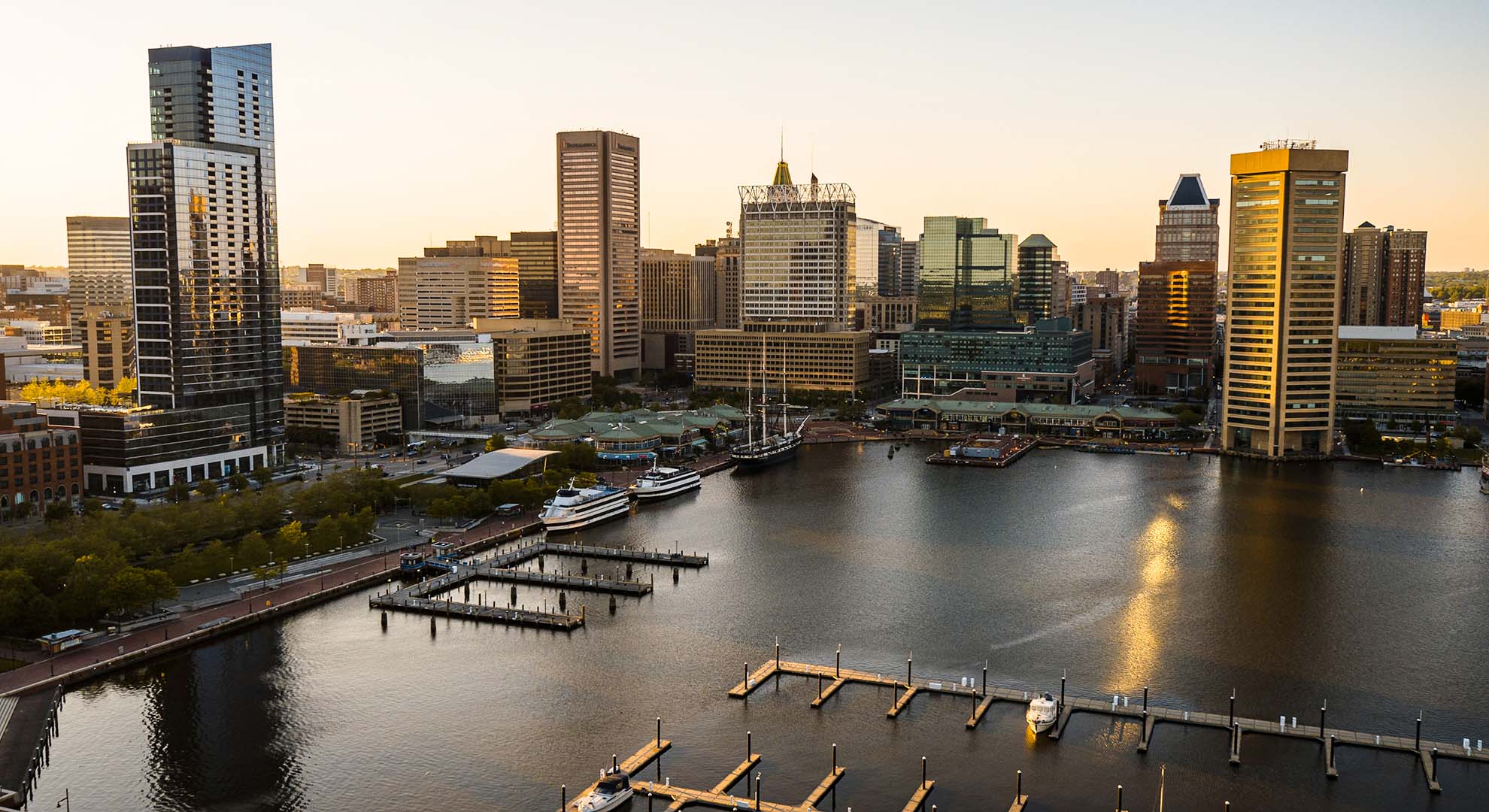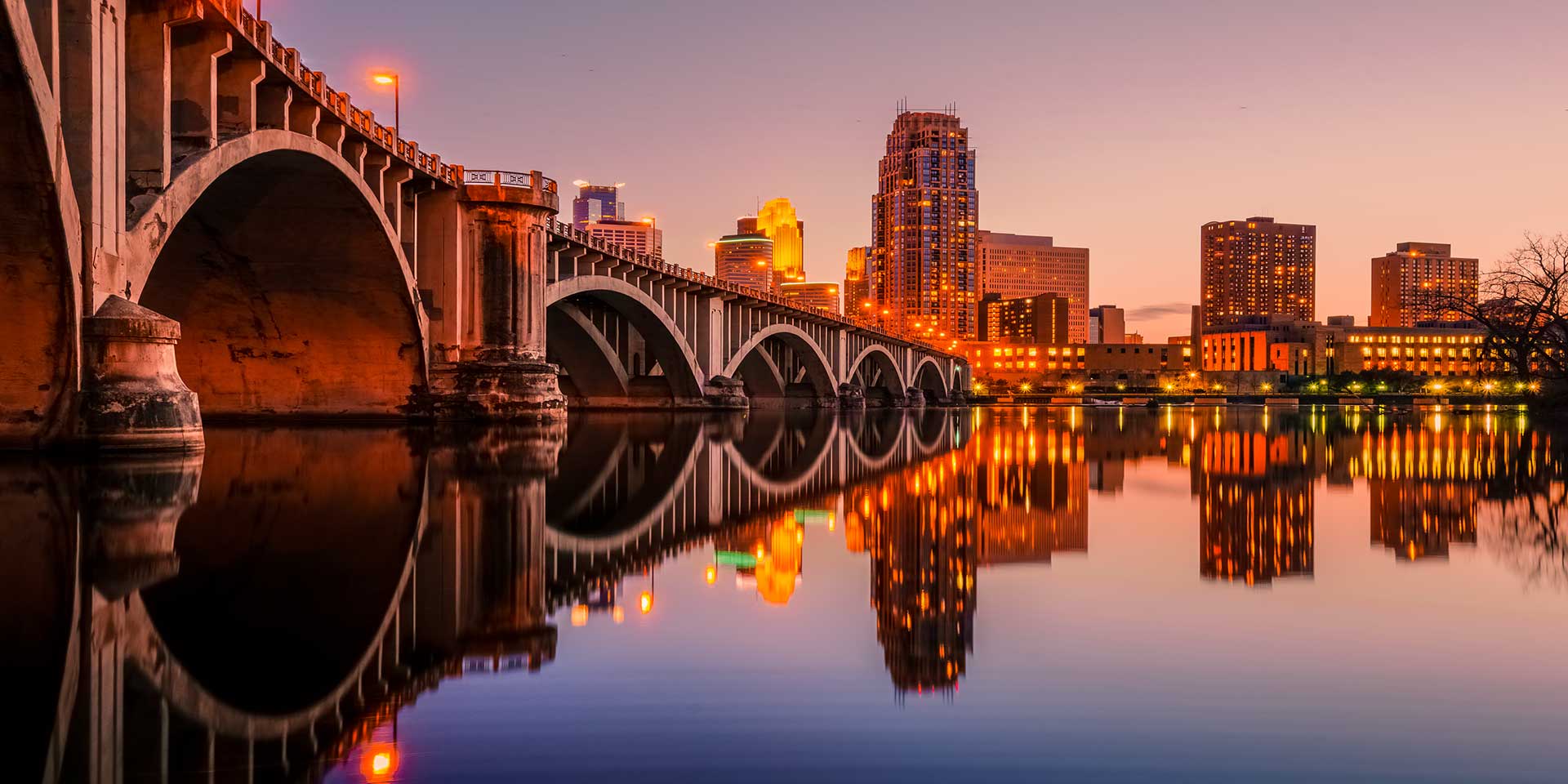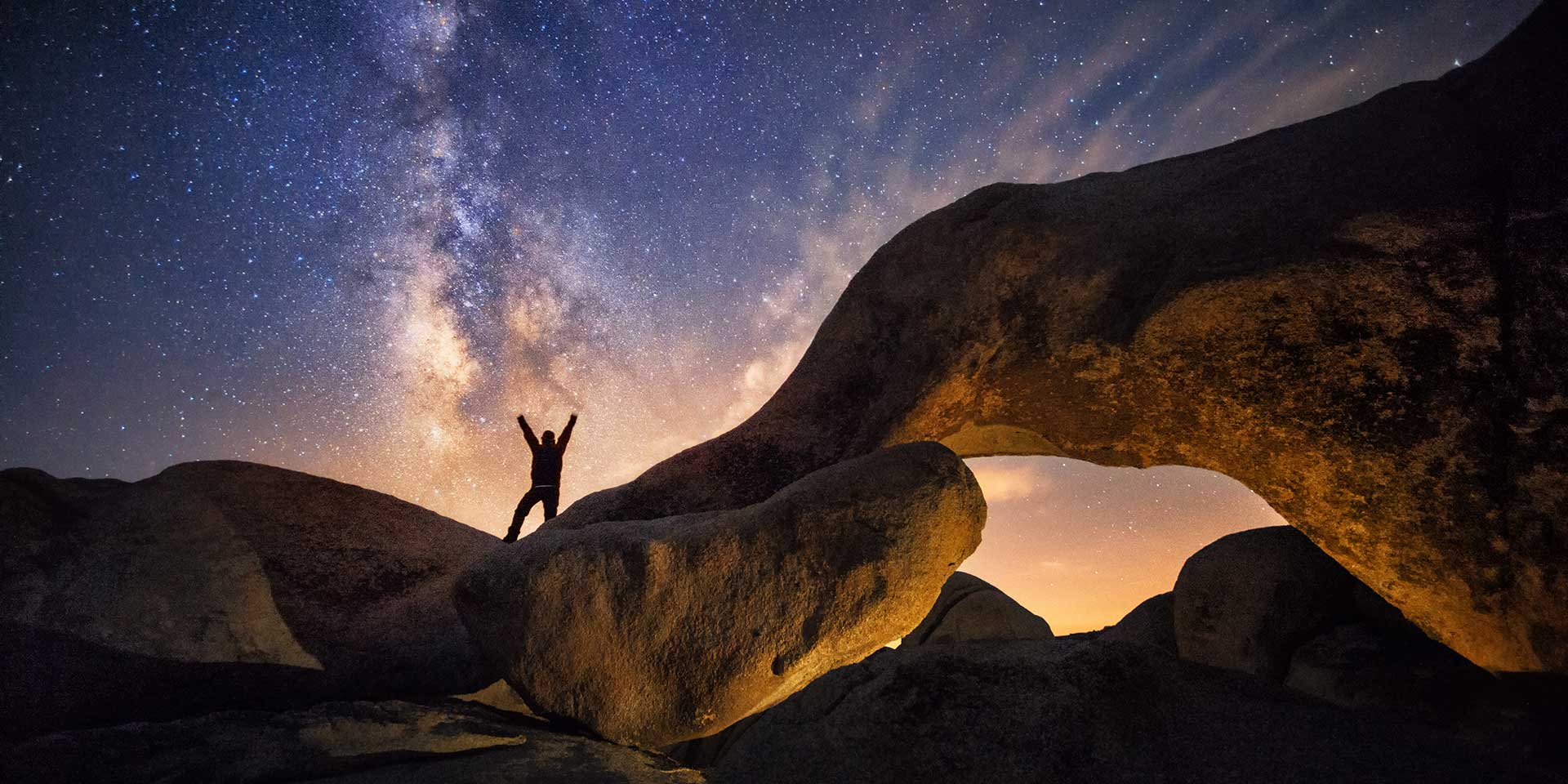
Reach for the stars on Arch Rock in Joshua Tree. (Photo: Getty Images)
Insta-Inspired TravelHow to Capture Joshua Tree National Park’s Most Instagrammable Sights
By Michael HessJoshua Tree National Park sprawls across an ecological crossroads. It sits at the intersection of two distinct deserts, the higher Mojave Desert and the lower Colorado Desert, and for that reason teems with unique species of flora and fauna ready for their close-ups. Though with the park’s increasing popularity, it’s important to have a strategy in place to maximize your time in the desert and to beat the crowds to some of the more epic photo spots.
The park, slightly larger than the state of Rhode Island, offers photographers many landscapes and subjects to choose from when searching for those ‘Gram-worthy moments. Far from the light pollution of Los Angeles, Joshua Tree is fantastic for those interested in night sky photography, as well — which is why you should consider starting your day before the sun does.
Wake up early, pack snacks and fill your water canteen before hitting the road. You’ll enter the park via its southeastern entrance off of Highway 10 and wind along through the dark toward the morning’s first stop — Arch Rock.
Arch Rock
Arch Rock is an iconic natural archway that faces southeast and acts as a perfect frame for your sunrise photos over the park. You’ll leave your car at the White Tank Campground and set out on foot along a trail that carves through large granite boulders. Watch your footing and be mindful not to wake the sleeping campers.
If it’s still dark by the time you’ve reached the formation, you’re in for a treat. Not only does the arch serve as a fantastic subject for your sunrise photos, there’s something to be said about driving through the night, taking a walk through the sleeping desert, and having the sunrise to illuminate the expansive landscape around you.
If you’ve managed to set your alarm early enough, you’re likely to have this location to yourself, even during the park’s busy season.
Instagram tip: Arch Rock is a beauty from many angles. Make sure to scramble across some of the boulders to find interesting perspectives. If you’ve brought a camera with you, don’t forget to stow a tripod, as well.
In the spring the Milky Way sits southeast in the sky and can be framed nicely with the arch before the scene changes in dramatic fashion before your eyes — a showstopper for the ‘Gram. In Instagram’s editor, try applying a vignette to add some drama to your subject.
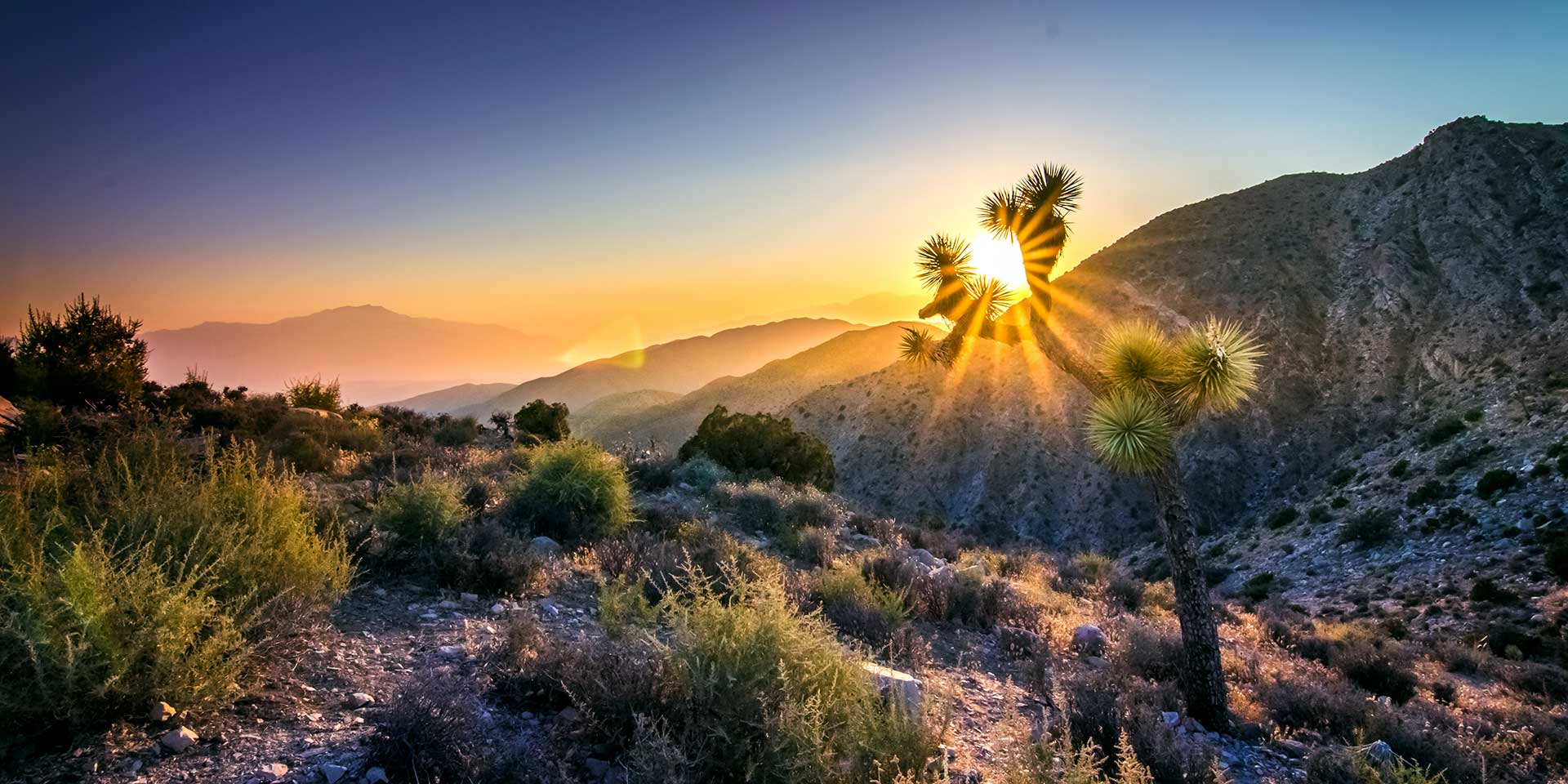
Cholla Cactus Garden
Once you’ve finished at Arch Rock, make your way back along the path, down past waking campers and on to the dusty parking lot. A 10-minute drive backtracking along Pinto Basin Road will bring you to the Cholla Cactus Garden.
Chollas abound throughout Joshua Tree, but few areas are as dense with them as the Cholla Cactus Garden. Be mindful of these desert plants and their many prickly spines and stay on the marked paths.
Instagram Tip: Use both a wide and a standard lens to capture photos here. A wider lens will show the vast amount of Chollas, while a longer lens will better capture the scale of the surrounding hills set against the many cacti. Try getting low and close to a Cholla while setting your camera’s focus on something else.
This blurred foreground look will add depth to your photo while still showing the amount of cacti in the garden. When getting low, it’s easy to misalign the horizon line in our shots. In Instagram’s editor, use the Adjust tool to re-crop your image so that the horizon line is totally straight.
Skull Rock
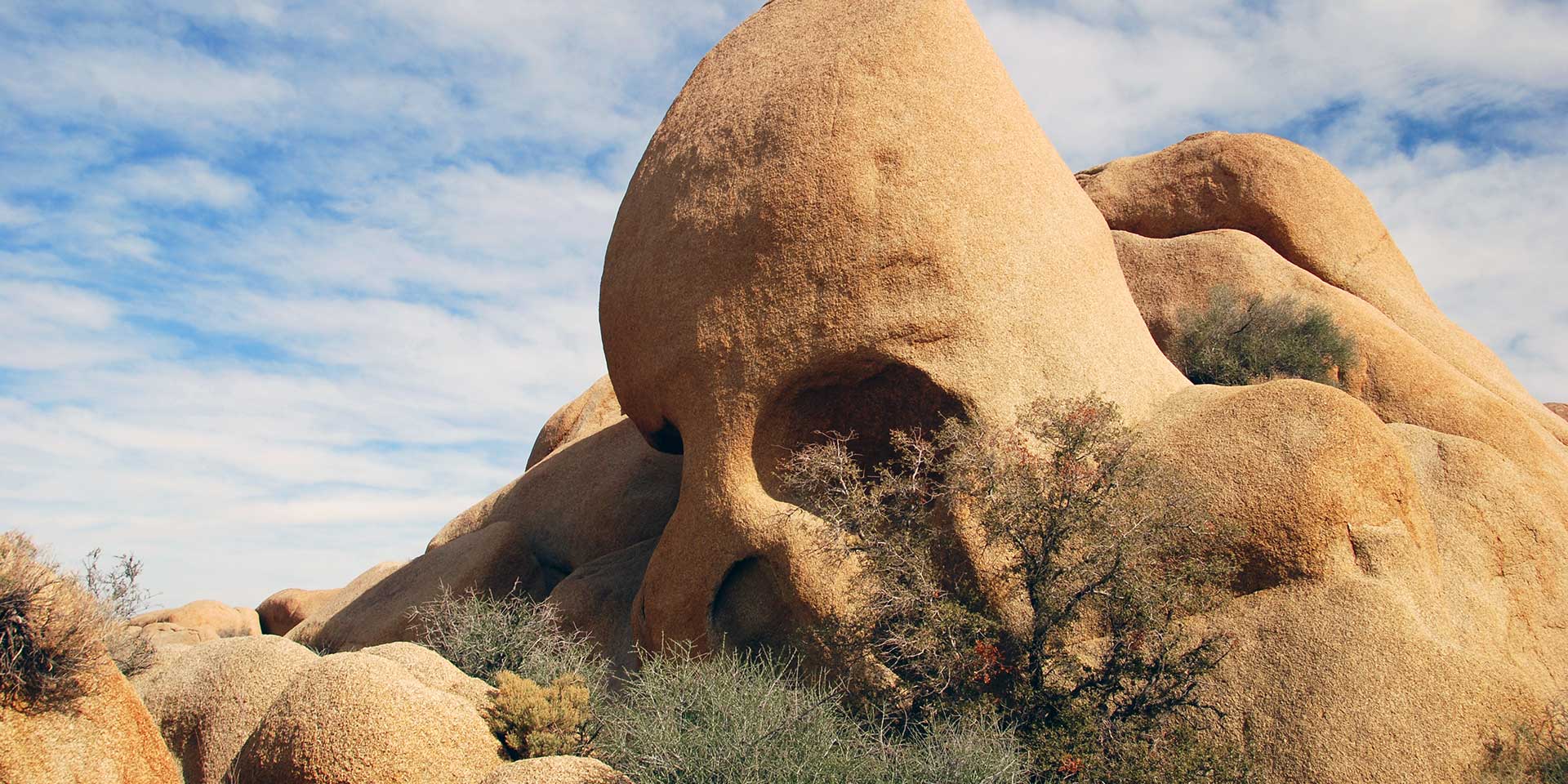
A 20-minute drive northwest will bring you to one of the most recognizable sites in Joshua Tree National Park: Skull Rock. This rock formation is visible from the road, but you’ll want to throw that desert cruiser of yours into park to get up close and personal with this weathered wonder. Years of rain erosion formed what now resembles two hollowed-out eye sockets.
Instagram Tip: Many more interesting granite rock formations span into the distance beyond Skull Rock. Position yourself high enough to capture both Skull Rock and its oddly shaped neighbors. Have a friend stand below or to the side to add a human element and give your photo scale.
By this time, the morning light may lend to slightly harsher shadows. In Instagram’s editor, try bringing up the shadows and dipping the highlights to better expose your shot.
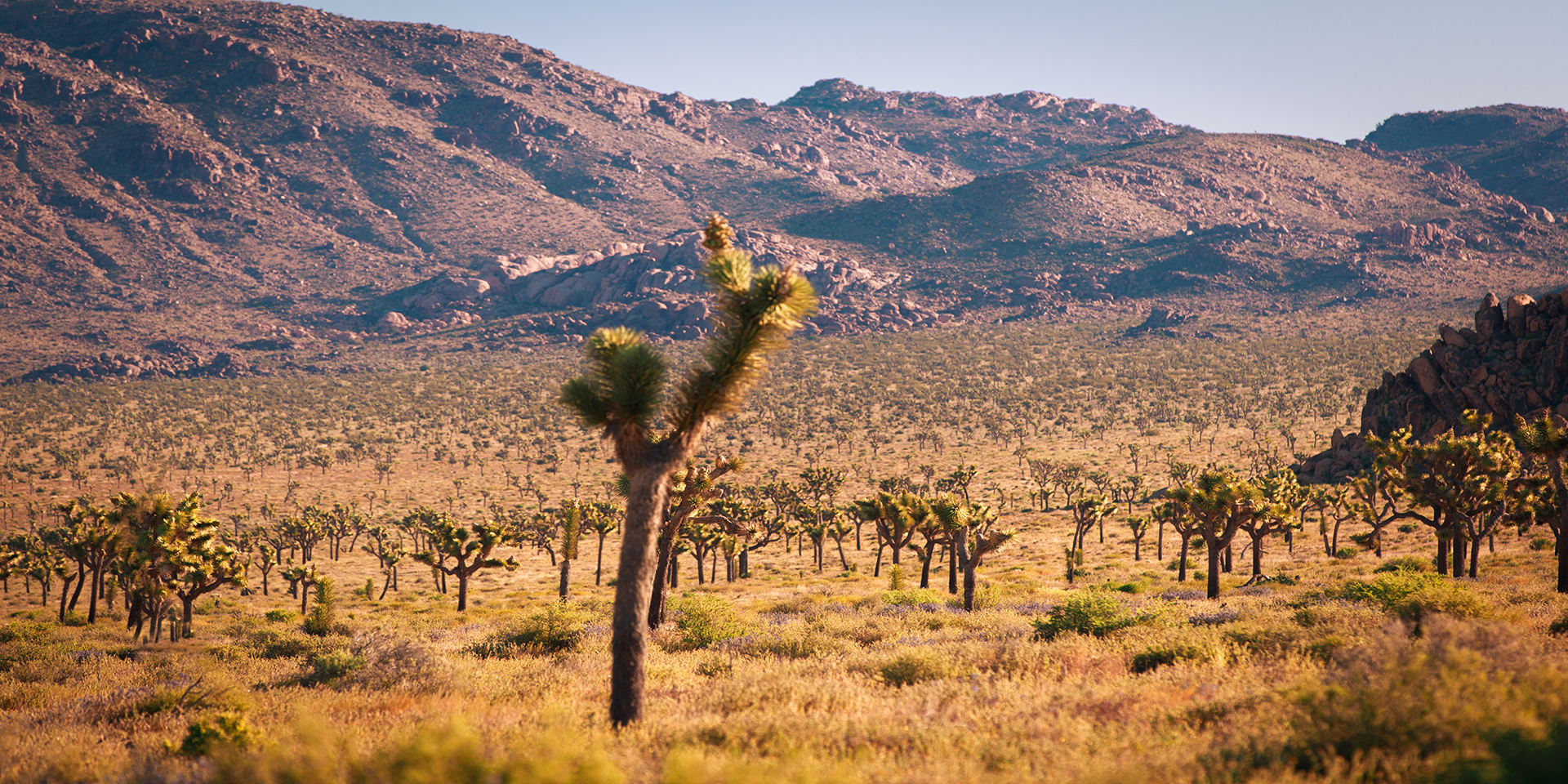
Joshua Trees
Now that you’re in the northwestern section of the park, and in the higher Mojave Desert that sustains their growth, you’ll finally begin to notice the many Joshua Trees contorting out of the ground as you drive along Park Boulevard.
Named after a biblical story in which Joshua raises his arms up to the sky to pray, these trees and their branches come in many shapes and sizes. Natural growth of these spike-leafed evergreens occurs nowhere else in the world outside of the Mojave Desert, so you’ve come to the right place to photograph them.
Instagram Tip: Position yourself so that the sun is directly behind one of the Joshua Trees in your photo, allowing for sun flares to sparkle off of the tree’s spiked leaves. Try also holding your camera or phone up so that two of one of the tree’s pretzel-like branches function as a frame for a larger cluster of the trees.
Give Instagram’s Radial Tilt Shift tool a go here. You’re able to adjust the size of the radial blur and give more emphasis to these Dr.-Seuss-esqe trees.
Rock Climbers
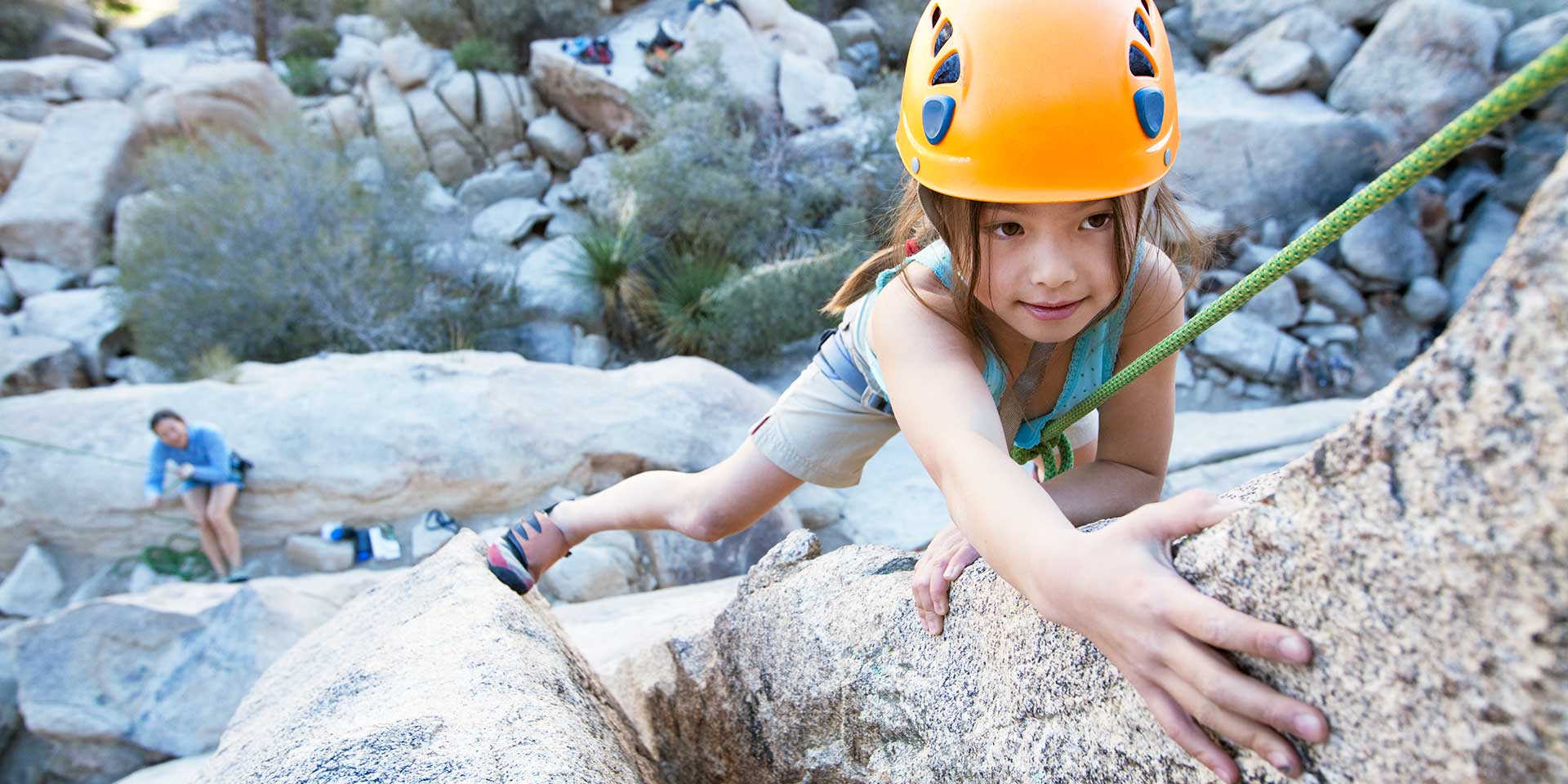
Although they are neither a photo location nor a guaranteed sight, it would be negligent to go without mentioning the rock climbers that frequent Joshua Tree National Park.
Photographing these climbers is an excellent way to add a human element to an otherwise landscape photo. You can find them in many areas around the park, but popular locations include Barker Dam, Hidden Valley and Intersection Rock.
Instagram Tip: Bouldering is extremely popular in Joshua Tree. Climbers stay low to the ground without ropes and lay out pads for landing protection. For this reason, photographs at eye level can come across a bit anticlimactic. Make your image pop with a little help from Instagram’s Sharpen slider. Just the right amount of sharpening on an image can make all the difference on an otherwise flat photo!
Crouch down, angle your camera upward and capture a photo alongside the rock face so that the climber is contrasted nicely against the sky without the ground (or their pads) being visible. If you’re close enough that the climber is aware of you, remember to ask for permission to photograph them before they start their ascent.
This guide only scratches the dusty surface when it comes to photographing the 191 miles of hiking trails in Joshua Tree National Park. Unlike some of its national park neighbors to the north, Joshua Tree is open year-round. Though keep in mind that the Joshua Trees bloom from February to April and that it can become quite hot in the summer months.






